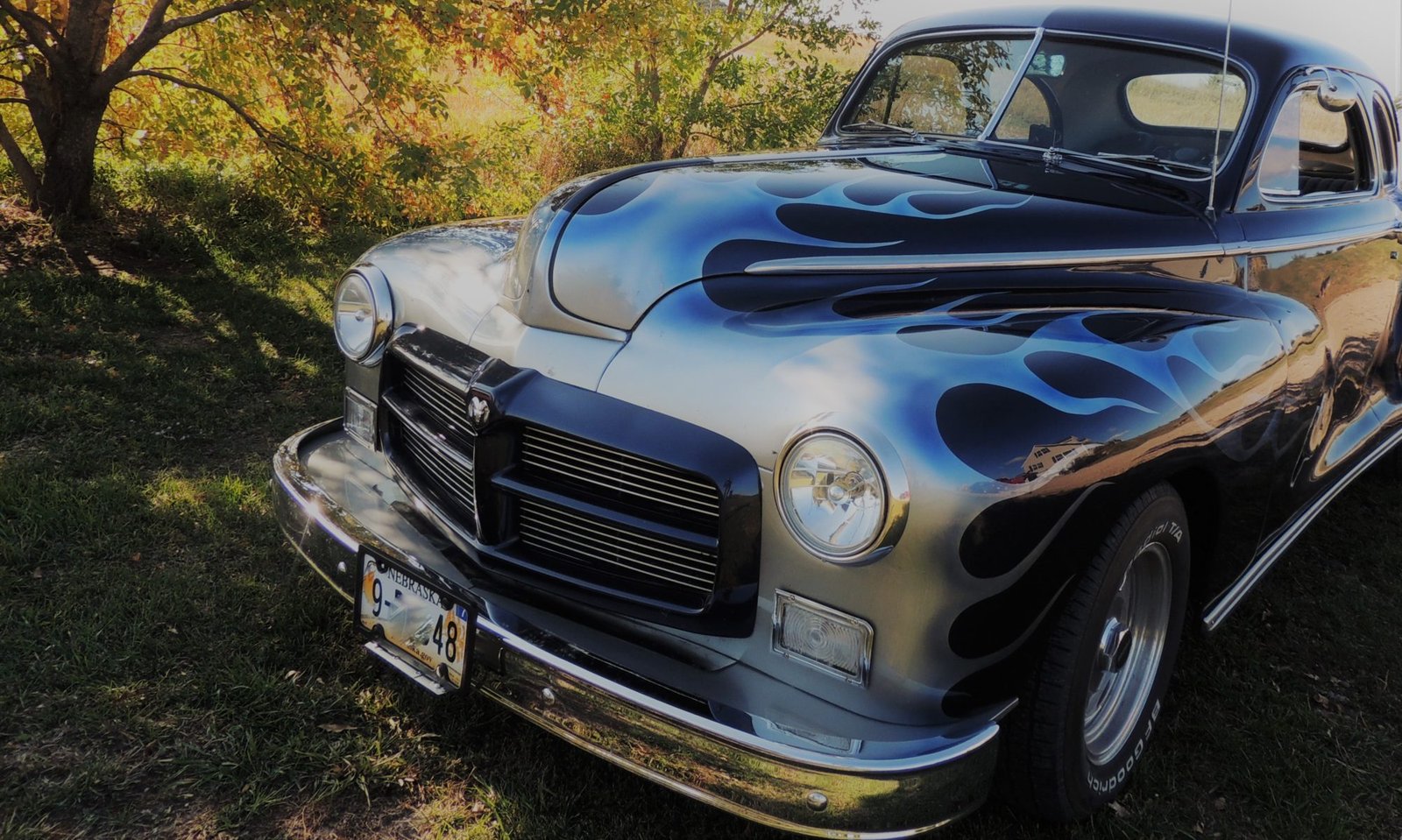I have two of these threaded hubcaps, but I have never been able to determine what vehicle they were on originally.

The logo in the center looks like a pyramid, and in researching that angle I discovered that there was a truck called the Red Pyramid Speed Truck. It was a product of the Service Motor Truck Company of Wabash, Indiana and was introduced in 1920.

The truck was said to be the result of four years of development, although that time span was interrupted by World War I when the Service Motor Truck factories were busy producing Liberty B trucks for the war effort.

It was advertised with the tagline “An Even Load on Any Road” due to being “scientifically cushioned,” meaning it had a unique front spring suspension. The following description was taken from a 1921 issue of The Motor Truck:
“At the front end of the truck a semi-elliptic spring is mounted crosswise, the end being carried on the axle and the center supporting the frame. This spring is pivoted on its central point, so that the front axle is perfectly free to move about this pivot. The entire truck, with this suspension, is carried on a three-point support which, in fact, cushions body, hood, radiator, seat, and steering mechanism against strains and twisting.”
This illustration accompanied the article and showed that, although the wheels were badly out of line, the twisting or strain was on the front springs, a system that was intended to result in a smoother ride.

The truck, capable of carrying loads of up to 2500 pounds, was equipped with a 32-hp OHV Midwest engine that could attain speeds of 40-45mph on good roads. Many more specifications are listed in the 1922 advertisement below.



Here are a couple of photos of the trucks that appeared in 1921 and 1922 publications, respectively.


My hubcaps are made of cast aluminum, so that would indicate some age, and the logo is similar to that of the Red Pyramid Speed Truck, but I have been unable to confirm if my caps have any connection to that early truck. If you have any information about these hubcaps, I would love to hear from you. Email me at americancarhistorian@gmail.com.







































